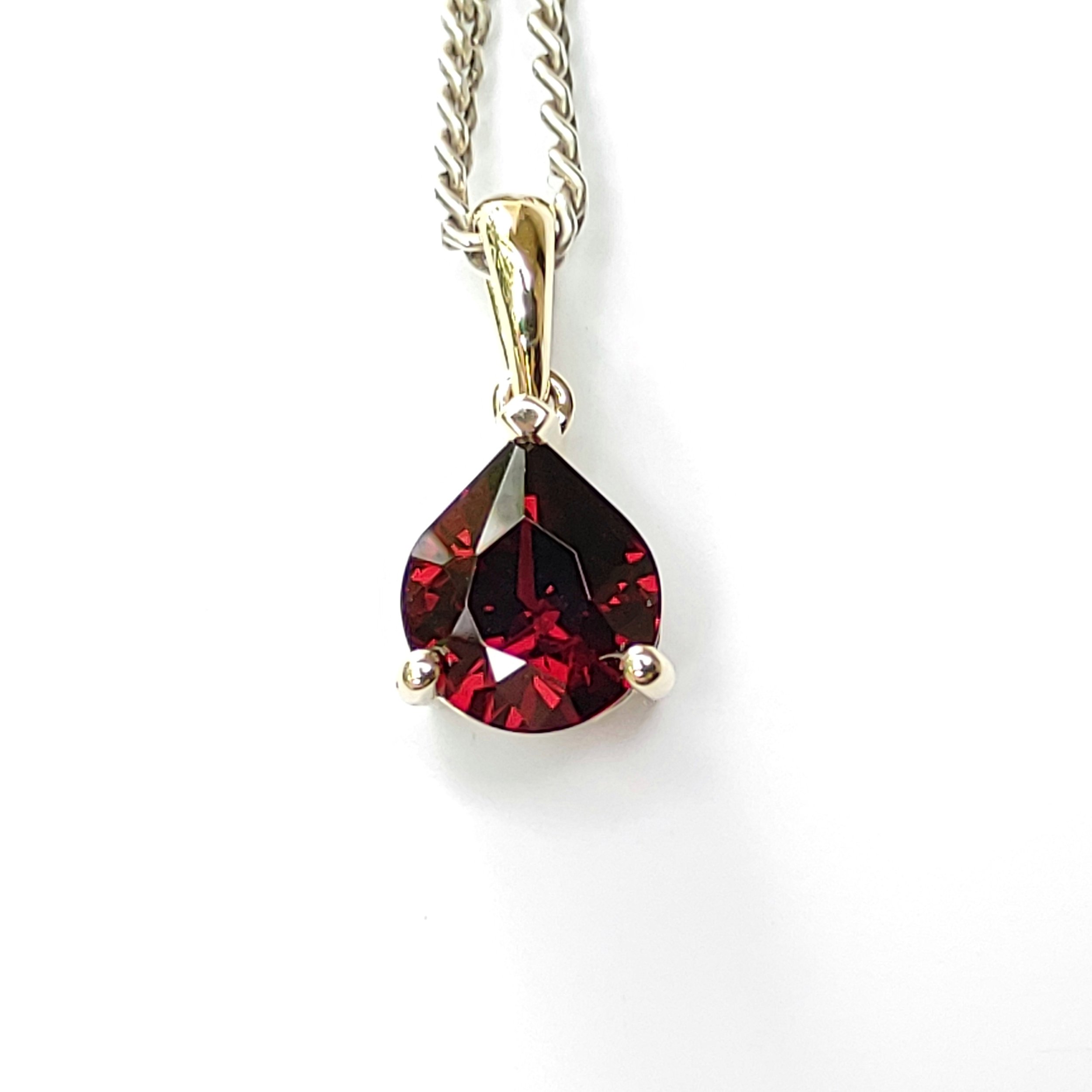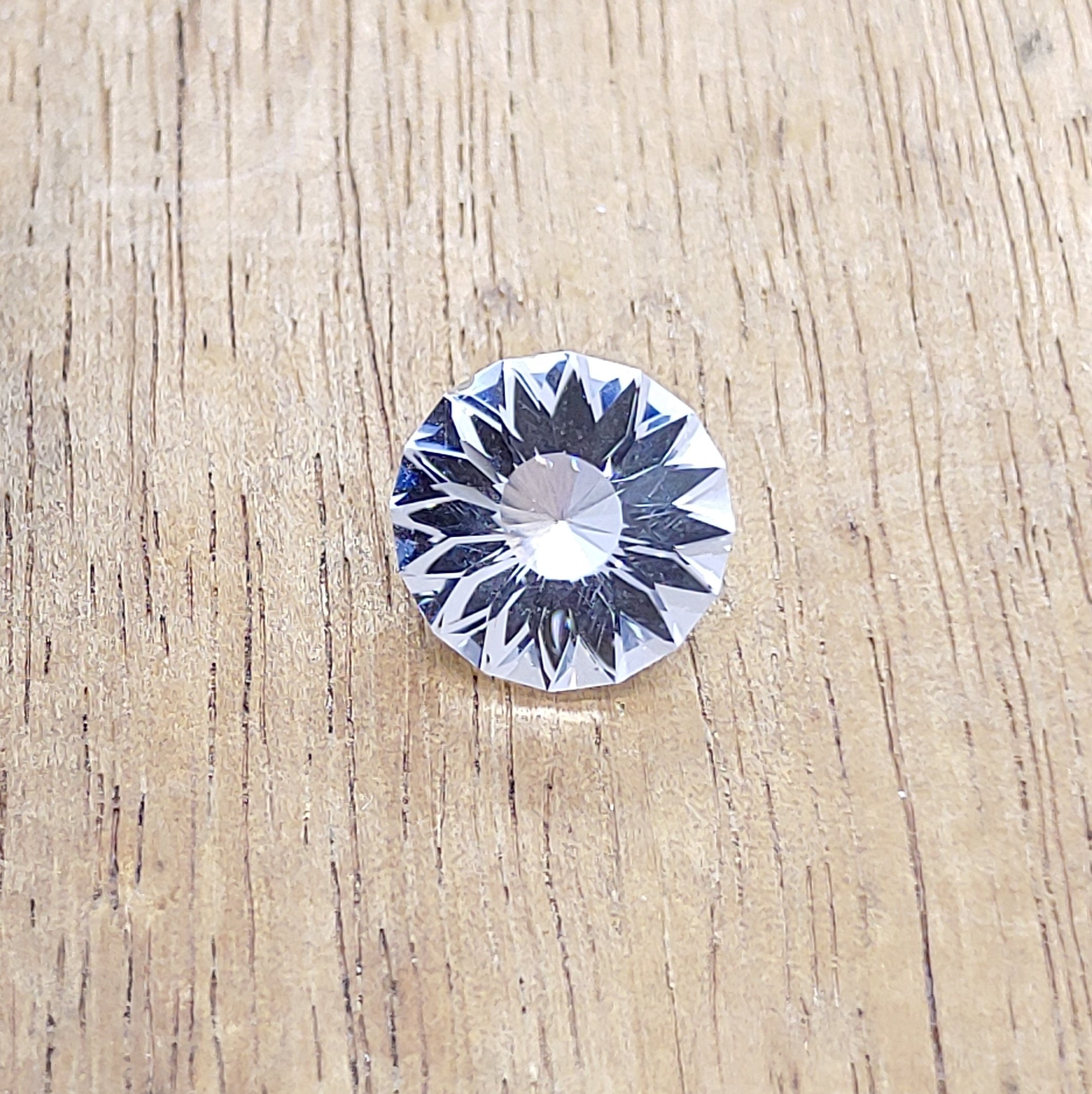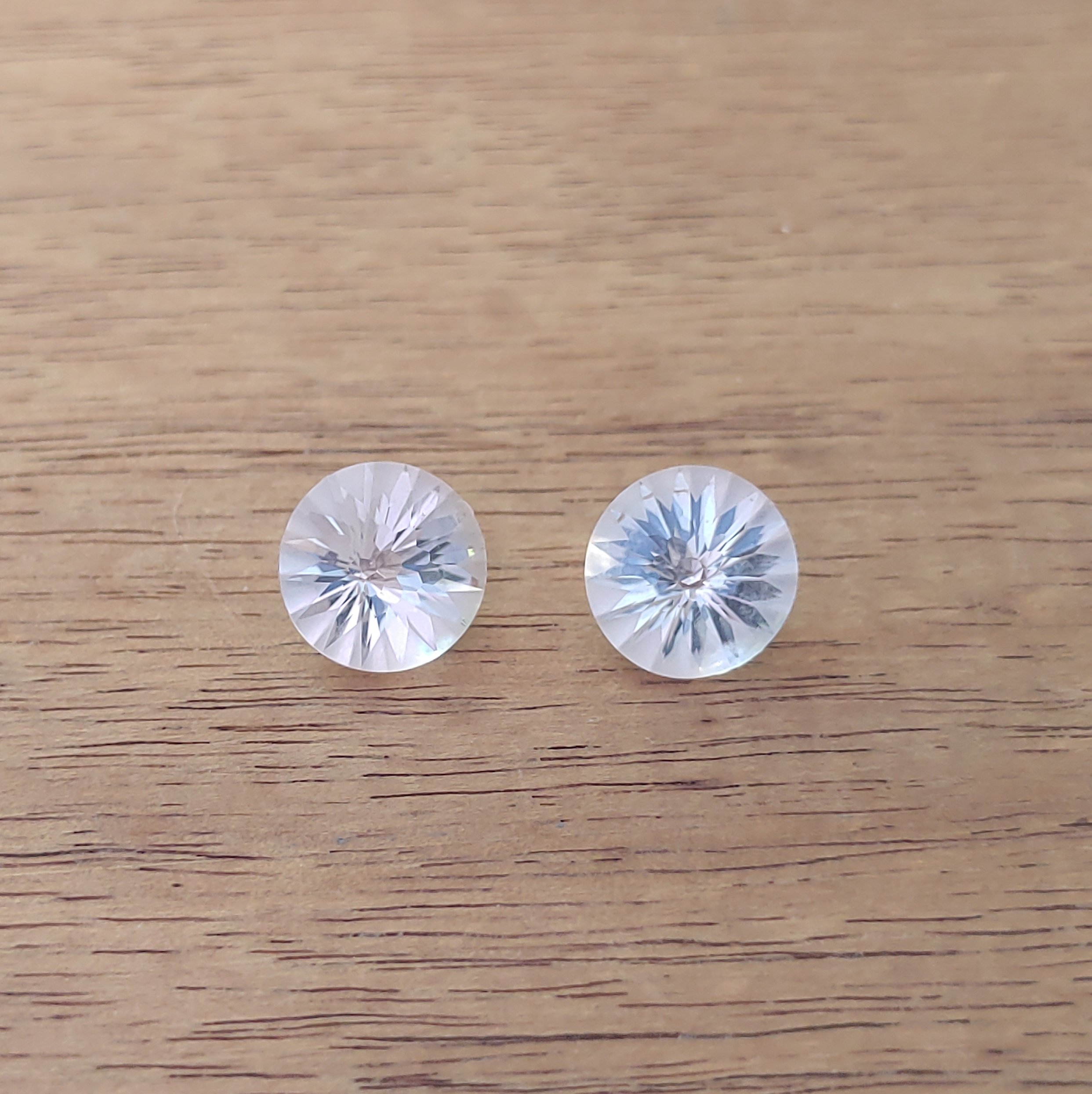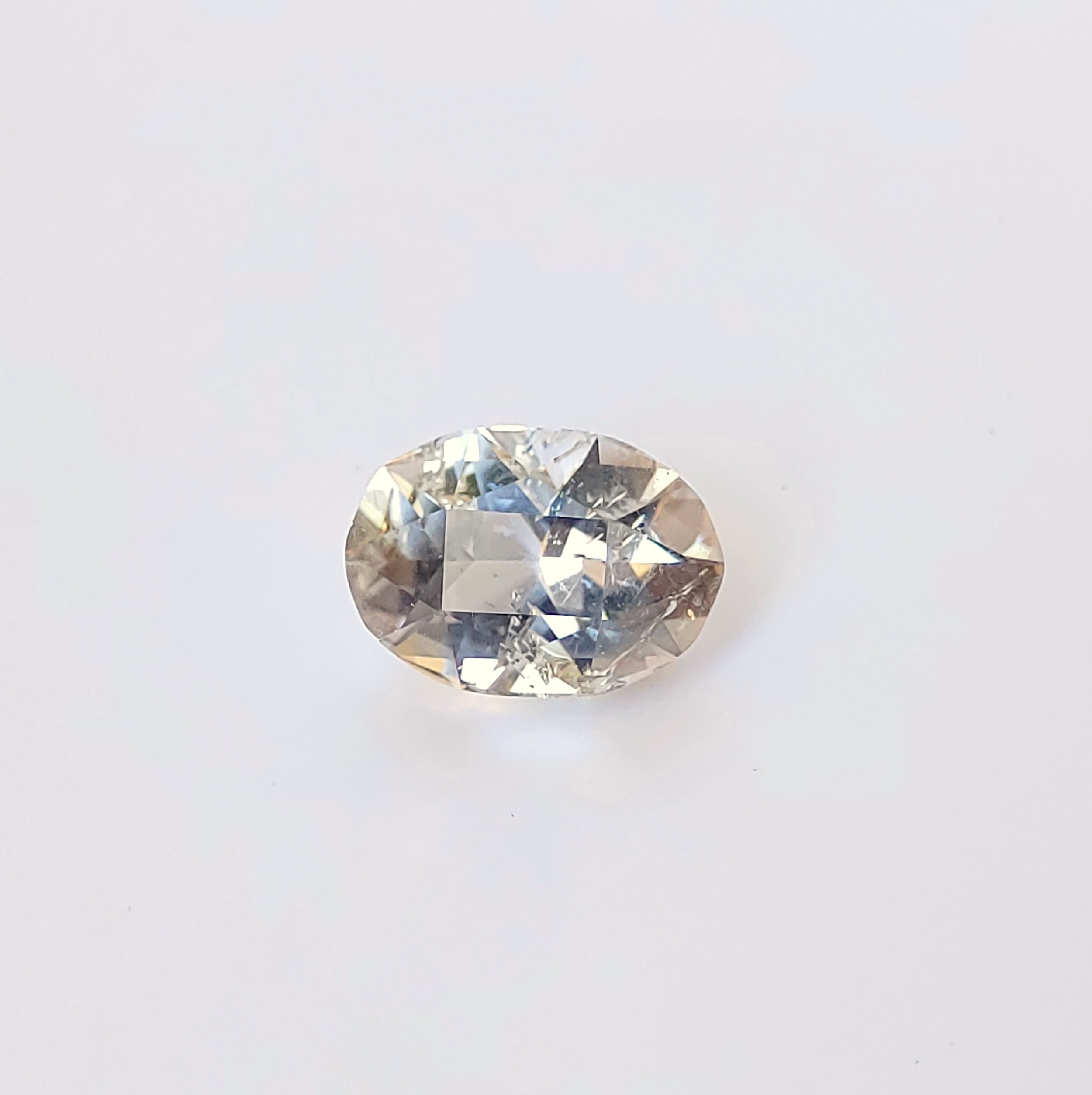Garnet
Garnet is a fascinating gem that has been known and fashioned for millennia. Coveted by the ancient Roman, Hindu, and Egyptian cultures, garnet is just as wildly popular today.
The name garnet refers to a group of 6 closely related minerals forming in the cubic system, each with their own unique colour. These colours run the whole spectrum from deep red, lime green, to almost a pure blue. The traditional birthstone of January, garnet’s wide range of colours reflect the many possibilities that a new year can bring.
Some of the garnet seen below is pyrope (bluey red) or almandine (orangey red) from the Northern Territory. Members of the garnet family are found in many locations such as North America, Europe, Russia, Tanzania, Madagascar, and many more.
Goshenite
Goshenite is the name given to the colourless member of the prolific beryl family of minerals. Under the right circumstances, goshenite can become blue-green (aquamarine), golden (heliodore), pink/orange (morganite), red (red beryl), and the most famous saturated green (emerald), among a few other varieties.
Goshenite scores 7.5 to 8 on the Mohs scale of hardness, making it suited to a number of jewellery applications. Being colourless gives the stone an appealing versatility and is often cut and set similar to diamond.
Helenite
Helenite is the name given to a man-made glass formed from the ashes of the eruption of Mount St Helens in Washington, USA in 1980.
Glass has a bold presence when cut to the right design. As with any softer material, it should be worn with care. The gas bubbles typical of glass are featured throughout.
Helenite allows the wearer to carry with them their own artistic piece of a far away volcano. Truly a gem with a story to tell.
The helenite gems displayed here are part of a commissioned collection.
Labradorite
Labradorite is a member of the large feldspar group of minerals. Most labradorite gems are cut in a cabochon design, showing a grey body colour and flashes of iridescent sheen (labradorescence) when rotated. These flashes include blue, green, red, yellow, bronze, and purple, with two or more colours occasionally in one piece.
Facet-grade labradorite is rare, but can be found in multiple places around the world, including Mexico, Italy, Finland, Norway and here in Australia. It occurs in pale to medium yellow or colourless specimens with no labradorescence.
Labradorite can be straightforward to cut while producing an interesting gem. It displays a bright and active sparkle as well as a softer misty quality when fine inclusion is present. It should be protected from serious knocks and is better suited to use in pendants, earrings or pins.
Morganite
Morganite is the pink peach variety of the Beryl family of minerals. The distinctive colour of morganite is due to trace amounts of manganese in its crystal lattice. Colour can vary from very pale pink through to medium saturated pink. Morganite is sometimes heat treated or irradiated to refine its colour.
Morganite is popular and natural specimens are rare, so synthetic morganite is sometimes cut. Morganite's hardness suits a variety of jewellery applications, from rings to earrings, pendants to bracelets. It pairs beautifully with rose gold.
A captivating gem which displays a nice balance of colour and sparkle. Morganite is such a lovely gem to work with.
Peridot
Peridot has been desired from antiquity through to today. Prized by the ancient Egyptians, peridot also adorned cathedrals in Europe during the Middle Ages. The Romans dubbed it “evening’s emerald”.
Peridot is a variety of the mineral forsterite. Its colour range spans from medium green to deep green and brown, varying with its iron content and the geology of where it was found.
Fine peridot is found in quantity in the USA, Pakistan, Myanmar, and the Himalayas, with smaller deposits found in other locations worldwide. Small pockets of gem grade peridot have been found inside meteorites that have crashed to Earth! These particular pallasite peridot gems are very rare and highly sought after by collectors.
Peridot absolutely sings with beauty when given an excellent cut. The progress images seen here are of a peridot found in Cheviot Hills, Queensland, cut to a pentagonal Portuguese design.
Quartz - Crystalline
Abundant, versatile, and diverse, quartz is broadly used in jewellery, sculpture, science and industry.
The colourless transparency of pure quartz is the perfect medium to showcase colourful mineral inclusions, such as the deep red of rutile, dark elongated tourmaline, fine hematite platelets, and vibrant blue dumortierite crystals. On its own, quartz can make a remarkable gemstone and sparkles radiantly when well cut. Quartz has a bit of a reputation in the lapidary arts. It is said that if you can polish quartz, you can polish anything.
The Gemstone Gallery offers many fine quartz gemstones. Perhaps you have a favourite piece sitting on your bookshelf? Let us release its beauty and transform it into something special.














































